Anthropology IAS Mains Question Paper 2021:
There are Eight questions divided into Two Sections. Candidate has to attempt Five questions in all. Questions no. 1 and 5 are compulsory and out of the remaining, any Three are to be attempted choosing at least One question from each section.
| Anthropology IAS Mains Question Paper- I |
Section- A:
1:- Write notes on the following in about 150 words each: (10 x 5 = 50)
(a) Animism and Deep Ecology
(b) Marriage Regulations and Alliance Theory
(c) Historical Particularism and Franz Boas
(d) “The bio-cultural approach is the hallmark of Biological Anthropology.” Explain.
(e) Thermoluminescence (TL) dating
2:- (a) What are the physical and cultural characteristics of Homo erectus? Discuss its phylogenetic status. (20)
(b) Elucidate the concept of “thick description” of Clifford Geertz with a suitable example. (15)
(c) Describe the features of early farming cultures and Neolithic of the Near East. (15)
3:- (a) How do political organisations of simple societies establish power, authority and legitimacy? (20)
(b) Explain the genetic mechanisms of micro and macro evolution. (15)
(c) Discuss the salient features of different traditions of European Mesolithic. (15)
4:- (a) Elaborate the scope of anthropology and elucidate its uniqueness in the field of other social sciences. (20)
(b) Mention the major branches of linguistic anthropology and discuss language use in social and cultural settings. (15)
(c) “Chromosomal aberrations can play havoc with the human body and mind.” Explain with suitable examples. (15)
Section- B:
5:- Write notes on the following in about 150 words each: (10 x 5 = 50)
(a) Human adolescent growth spurt
(b) The losses and gains of erect posture
(c) Is race a valid and biologically meaningful concept?
(d) Descent Groups
(e) Modes of Subsistence
6:- (a) What is acclimatization? Discuss adaptive responses to high altitude and cold climate. (20)
(b) How are the cases of disputed paternity solved? Discuss the recent techniques. (15)
(c) Critically evaluate Lewis Morgan’s classification of family. (15)
7:- (a) Critically evaluate different types of social stratifications with suitable examples. (20)
(b) Discuss the bio-social determinants of fertility and fecundity. (15)
(c) What is Anthropometry? Discuss its role in assessing the nutritional status and sports capability of a person. (15)
8:- (a) Discuss various tools of data collection in conducting anthropological research. (20)
(b) Discuss the physiological and evolutionary theories of aging. (15)
(c) Explain the structural analysis of kinship as proposed by Lévi-Strauss. (15)
| Anthropology IAS Mains Question Paper- II |
Section- A:
1:- Write notes on the following in about 150 words each: (10 x 5 = 50)
(a) Purushartha and righteous living today
(b) Relevance of tribe-caste continuum
(c) Harappan seals
(d) Caste and social capital
(e) Factionalism and politics in rural India
2:- (a) Critically discuss the origin of Indus Valley Civilization. Mention the evidences of its endogenous origin from the pre-Harappan sites. (20)
(b) Give the distribution and characteristic features of Upper Paleolithic culture in India. (15)
(c) Discuss the morphological features and phylogenetic Position of Ramapithecus. (15)
3:- (a) Explain the impact of the concept of nature-man-spirit complex on sustainable use of natural resources with suitable examples. (20)
(b) Examine the contributions of S. C. Roy in highlighting the role of customary laws in tribal life. (15)
(c) Critically assess the impact of Christianity on tribal culture and identity. (15)
4:- (a) Discuss the contributions of N. K. Bose in understanding tribal communities and their place in Indian civilization. (20)
(b) Discuss the role of Panchayati Raj Institutions in transforming traditional power hierarchy in rural India. (15)
(c) Elucidate the problems and challenges in educational attainment of the Scheduled Tribes. (15)
Section- B:
5:- Write notes on the following in about 150 words each: (10 x 5 = 50)
(a) Urbanization and tribal institutions
(b) Ethnic media and social awareness
(c) Cultural diversity and multiculturalism
(d) Concept of tribe and Indian census
(e) Politics of recognition and deprivation
6:- (a) Discuss the impact of the Forest Rights Act (2006) on the livelihood and culture of tribal people in India. (20)
(b) Examine the factors responsible for malnutrition in tribal India and suggest interventions required to overcome the problem. (15)
(c) Delineate the factors influencing fertility in Indian population. (15)
7:- (a) Explain the impact of successive Land Acquisition Acts on tribal social organization. (20)
(b) Discuss the problems involved in rehabilitation and resettlement of tribals displaced due to development projects in India. (15)
(c) Discuss the interventions made by the Non-Governmental Organizations for empowering tribal women. (15)
8:- (a) Examine how structural transformation in economy is affecting traditional social relationships in agrarian society. (20)
(b) Delineate the constitutional safeguard for religious minorities in India. (15)
(c) Identify the causes of tribal unrest with special reference to North-East India. (15)


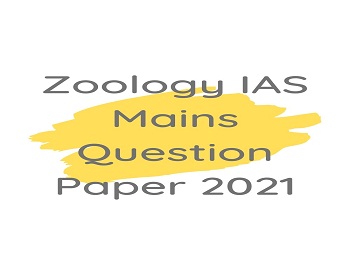
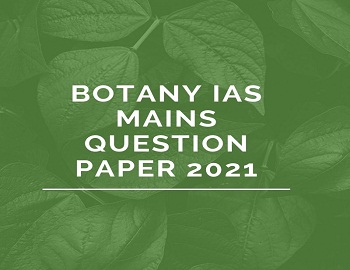
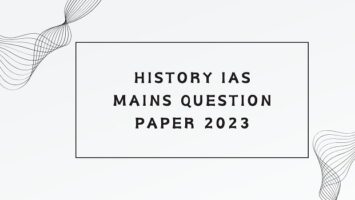
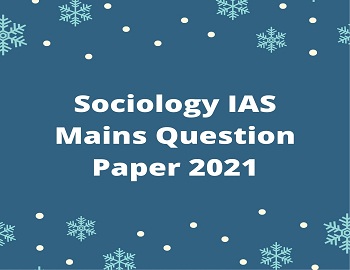
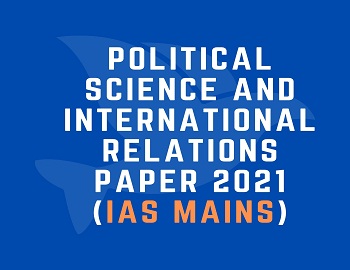
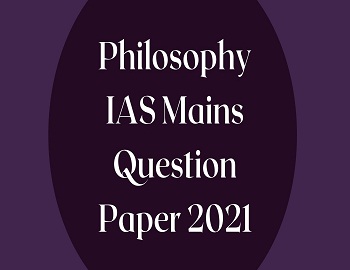
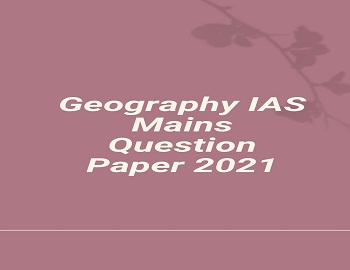
Comments (No)